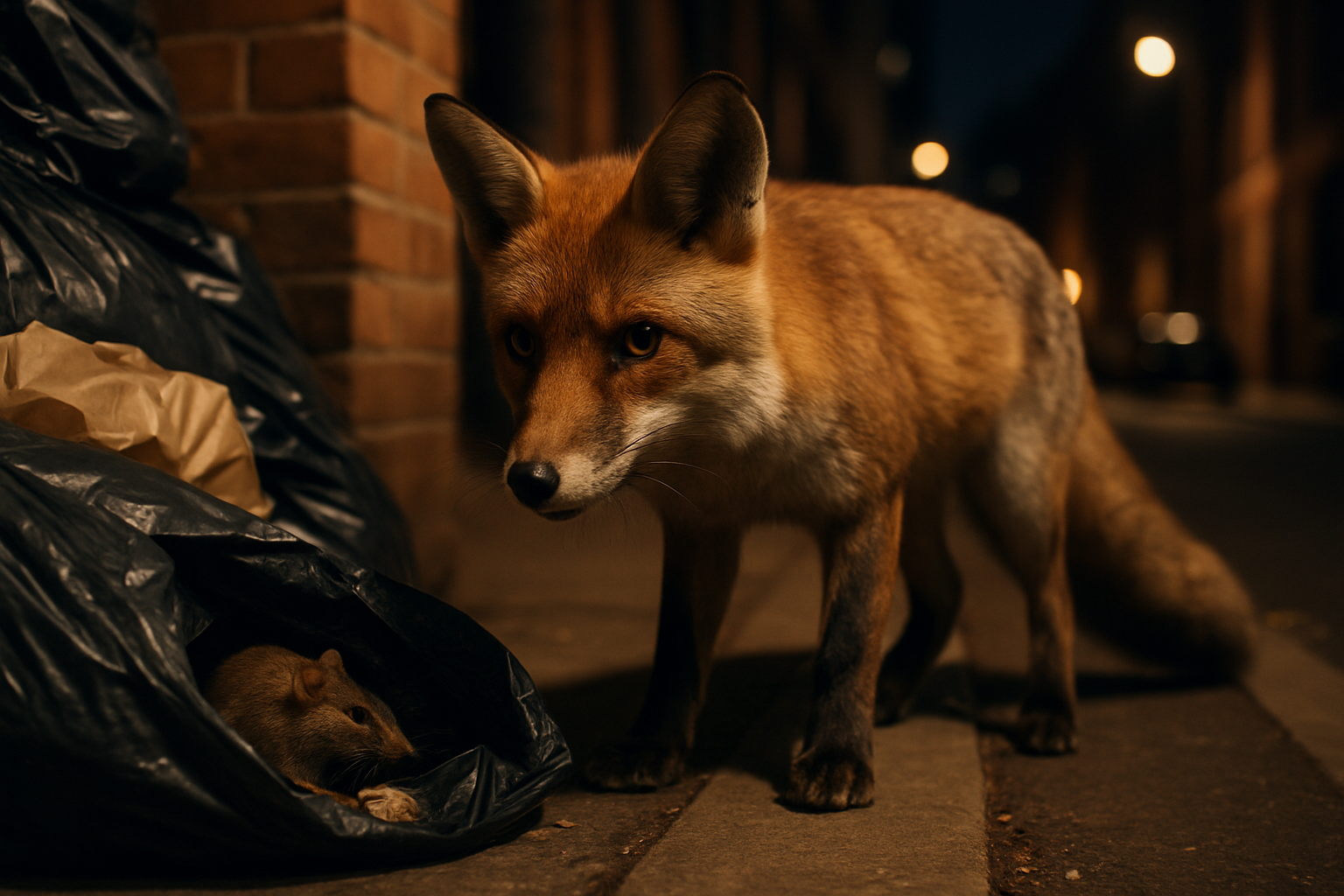Animal Removal in Urban Areas: Raccoon and Squirrel Guidance
Urban animal removal requires practical knowledge about wildlife behavior, humane methods, and local rules. Many city and suburban properties see encounters with raccoons, squirrels, birds, and other animals trying to use human structures for food or shelter. Proper removal focuses on safety for people and animals, preventing repeat visits through exclusion and habitat modification, and knowing when to contact trained local services in your area. This article explains common approaches, legal and safety considerations, and humane steps you can take to address wildlife in and around homes.

Wildlife removal: what it involves
Wildlife removal covers identification, safe capture or exclusion, and longer-term prevention. It begins by determining the species involved, signs of presence (droppings, bite marks, nests, sounds), and whether animals are inside a structure or confined to landscaping. Effective removal balances humane handling with public safety, and follows local regulations about protected species. For many wild animals, the priority is to prevent harm to people, pets, and the animal itself while minimizing property damage. Documenting entry points and likely attractants is an early step toward a lasting solution.
Practical steps for animal exclusion and prevention
Exclusion focuses on denying animals access to shelter and food. Common measures include sealing gaps in foundations, installing chimney caps, securing vents with hardware cloth, and using tight-fitting trash containers. Landscape changes—removing dense ground cover, trimming tree limbs near roofs, and limiting bird or pet food left outdoors—help reduce attraction. Exclusion is often the most cost-effective long-term strategy because it addresses root causes. When implementing exclusion work, use materials and methods suited to the species and local building codes to avoid unintended harm.
Managing wildlife in urban environments
Urban wildlife adapts to human presence, so management combines property changes, public awareness, and coordination with local services. Neighborhoods can reduce issues by reducing shared attractants like communal trash or unmanaged compost. For species that thrive in cities, such as pigeons or raccoons, community programs—wildlife education or coordinated removal—are sometimes available from municipal animal control or licensed wildlife rehabilitators. If animals are nesting in shared structures or creating safety hazards, informing property managers or local authorities can bring more effective, coordinated responses.
Dealing with a raccoon: safety and handling
Raccoons are adaptable and can seek shelter in attics, sheds, and under decks. Signs include overturned trash, flattened entry points, or unmistakable tracks. Approaches include wildlife-proofing access points and using one-way exclusion devices where legal; live trapping and relocation are regulated or restricted in many areas for ecological and disease reasons. Because raccoons can carry parasites and diseases, avoid direct contact and keep pets and children away from suspected sites. This article is for informational purposes only and should not be considered medical advice. Please consult a qualified healthcare professional for personalized guidance and treatment when exposures or bites occur.
Handling a squirrel infestation humanely
Squirrels commonly enter attics or walls and can cause chewing damage. Initial steps are to identify entry locations, seal exterior openings, and remove food sources such as accessible bird feeders or pet food. For active nests, consider timing: many jurisdictions and wildlife guidelines recommend avoiding eviction during breeding seasons when young cannot survive on their own. Humane options include using exclusion after young have fledged or employing a licensed wildlife control professional who follows local regulations. Proper attic cleanup after removal reduces risks from droppings, odors, and secondary pests.
Conclusion
Animal removal in urban areas blends species-specific knowledge, humane techniques, and preventive property maintenance. Identifying attractants, sealing access points, and coordinating with local services or licensed professionals when needed will reduce conflicts and recurring visits by wildlife such as raccoons and squirrels. Understanding local laws and safety concerns—especially regarding diseases or protected species—helps ensure that removal efforts are responsible and effective over the long term.






